5 Tips For Teaching Kids To Fly-Fish

Taking the time to teach a kid to fly-fish is an investment in the future.
To my mind, there’s nothing more important than teaching kids to fish. If done right, it’s an investment that pays three times. For the child you teach, it’s a life of wonder and purpose, which builds character and keeps them grounded. For yourself, the satisfaction of knowing you have changed a life for the better. For society, another grounded soul with respect for others and the natural world.
We are not all, however, teachers by nature and the task of passing on the fundamentals of fly fishing to a young person can be as hard on us as on them. With all of the excitement surrounding 11 year-old Maxine McCormick’s performance at the107th ACA National Tournament, I thought there was no better person to ask for advice than her coach, Chris Korich.
CHRIS KORICH’S FOUNDATIONAL RULE AND 5 TIPS FOR TEACHING KIDS TO FLY-FISH
Foundational Rule: CONSERVATION OF ENERGY: Make it look easy, effortless, efficient, encourage rest and relaxation.
5 TIPS
•TRUST – Establish rapport by asking questions, probing about other sports & interests. Listen and repeat, prove that you care!
•SIMPLIFY – Teach the basics. Teach grip and stance with a pencil, not a fly rod. Next, practice the casting stroke with just the 2 tip sections of the rod and NO LINE to start, then add a third section and a line. Cast to 20-30 foot targets with short 0X leader and yarn.
•PRAISE – Ignore bad strokes, loops, etc. Immediately praise good strokes, positive stops, tight loops, good timing, mechanics and results.
Read More »New Products From Sightline Provisions 2022
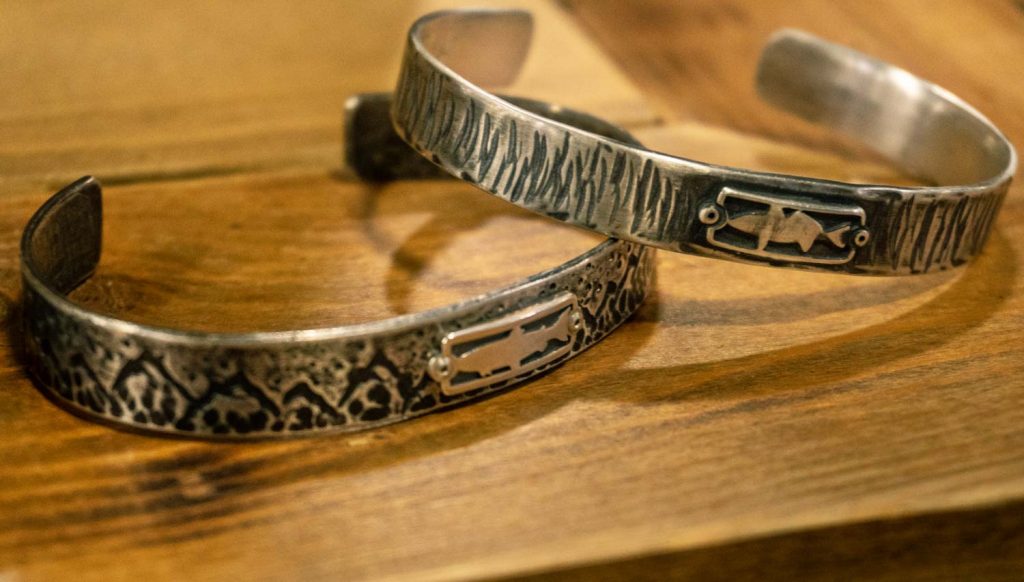
Wear your passion for fly fishing for everyone to see. Sightline Provisions set the bar for fly fishing lifestyle brands. If you’re looking for a way to show your love of fly fishing, no matter where you fish or for what, Sightline Provisions has you covered. Check out the video to see all the new goodies from Sightline Provisions.
Read More »Pheasant Tail Nymph Attractor
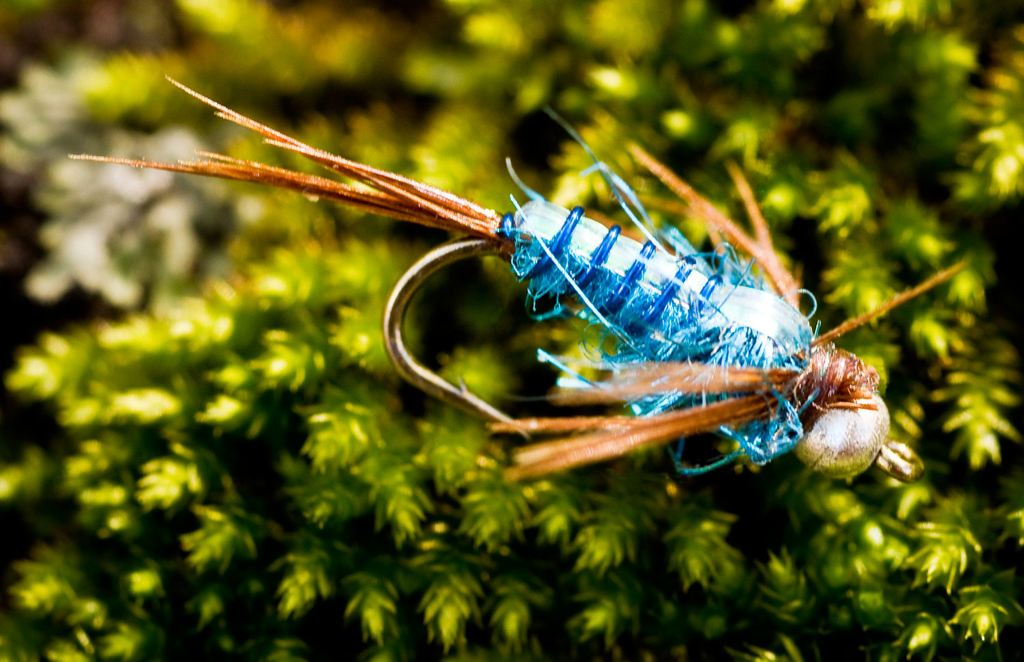
A WHILE BACK I POSTED ABOUT A ATTRACTOR MIDGE PATTERN THAT ALWAYS WORKS WELL FOR ME DURING THE COLDER MONTHS.
I received some really good feedback from the post from G&G followers. One follower even tied some up and landed multiple twenty inch fish with the midge pattern one day on his home waters. It feels good passing on information to our followers, especially when I hear back that they not only appreciate the advice but are actually putting it to work on the water. Since the first post was a success I’ve decided to showcase second cold water nymph pattern of mine.
I’m a firm believer in utilizing a bright attractor nymph in my tandem nymph rigs during the winter months. A couple years back I thought to myself why not take a proven traditional fly patterns and modify them with bright attractor fly tying materials. This way you can bank on both the proven profile characteristics and the flashy appeal. One of the first fly patterns I came up with for this idea was this pheasant tail attractor nymph above. It’s been very successful for me on the water. I generally use
Read More »Fishing Mud Lines For Big Fish

By: Garner Reid
MUD LINES ARE EXCELLENT PLACES FOR FISH TO HIDE.
I split my guiding year in half, targeting trout from fall to spring and the rest of the year pursuing summer run striped bass in my local river systems. River run stripers offer their own unique set of challenges for the angler, and definitely for the guide.
When someone gets in my boat for a day of striper fishing, one of the first things I try to explain is where these fish like to hold. I tell them to start out like they are streamer fishing for a big brown trout. When someone is pursuing a new species of fish, like stripers in a river, finding that common thread is the key to angling success.
Just the other week I had the pleasure of guiding a new client who was quite an accomplished angler. Having caught many fish in all the exotic locations that are on my personal bucket list. As we floated down the river it quickly became evident this guy knew how to fish. He was ripping big streamers accurately into all the nasty stuff that a big fish ought to hold in.
This was producing a few nice schoolie sized stripes but nothing huge. Halfway through our float we approached a small feeder creek quartering in at a 45 degree angle to the left of the boat. Heavy rains the night before had the creek dumping chocolate milk into the river. Typically not what a fly fisherman likes to see.
The muddy creek water was thick like oil, being pushed up against the clean water by the current, which carried a defined wall of muddy water down the left side of the river for hundreds of yards.
I rowed the boat into position perpendicular to the creek mouth and dropped anchor, told the guy to make a big cast across the creek mouth and let his fly sink, followed with an aggressive retrieve. A few strips later
Trading in Desire
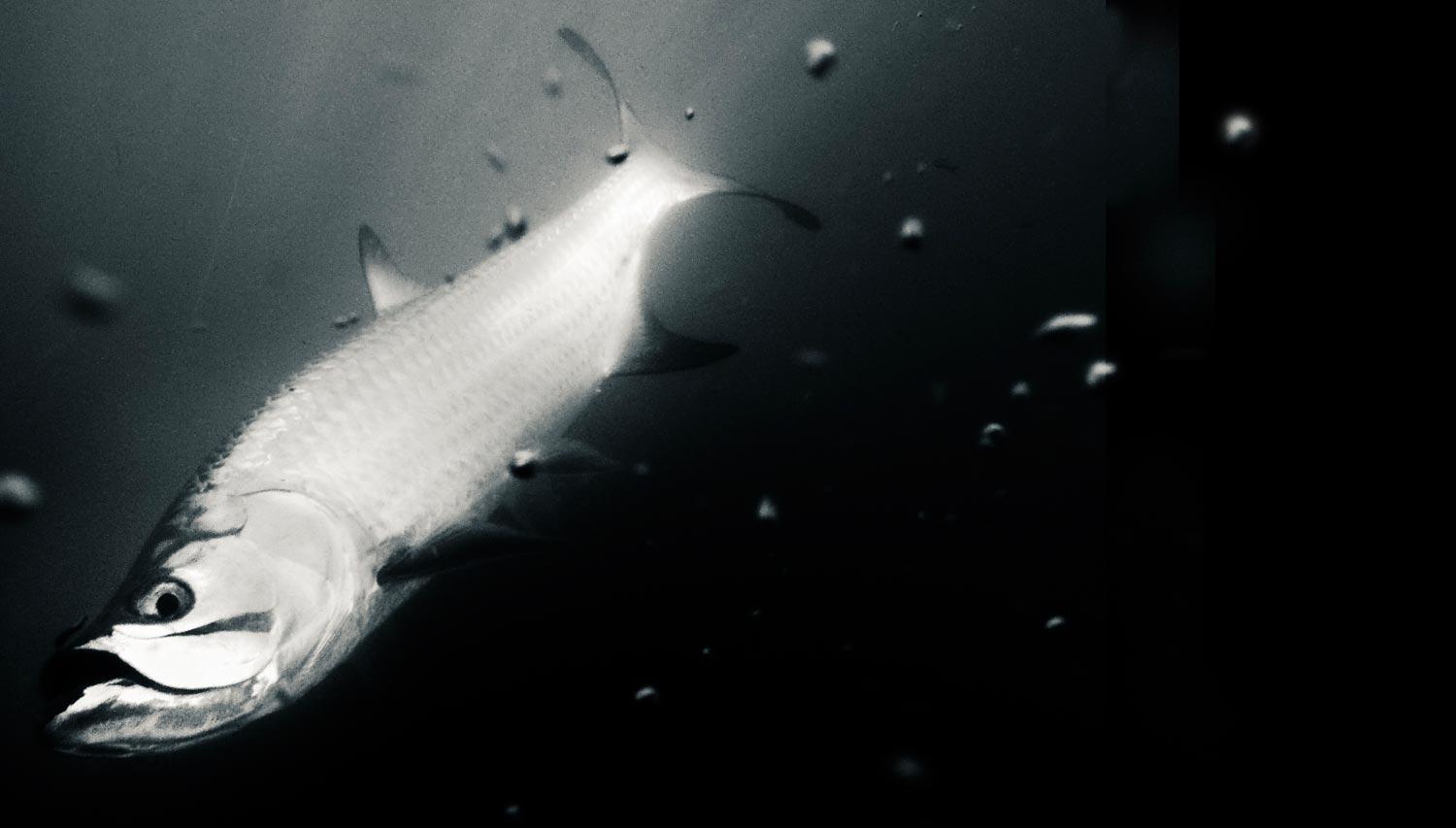
By Lauren Holt
“OKAY. SEE THAT DARK SPOT? ABOUT 200 FEET OUT. 2 O’CLOCK.”
I squint that direction, worry my lower lip with my teeth, cup my cheekbones and the bill of my cap to help cut the glare of the mid-afternoon sun sneaking past the edge of my sunglasses, willing my eyes and my brain to separate the slivers of dark I thought I could see from the shadows of waves and the coral a few feet below. Slowly, giant shadowy shapes emerge from the confusion.
“Look for movement. See them? There are four – no – five in this string.”
It’s a perfect day in the Keys, all three criteria for prime tarpon fishing in my favor. Bright sun; no clouds. Good water. Just enough of a breeze to encourage row after row of little waves to rise and sink in concert, more short fat silver little pyramids than “waves” proper. And we had fish. Hundreds and hundreds of fish.
I spot them and nod. If tarpon can amble, these were, and on the same path toward the skiff others had taken all day.
“Okay now. I’m gonna spin the boat. Hold tight.”
It was my first day fishing on this trip and already I had shots at more tarpon than I had seen the whole year before. Strings like this one of just a few, others in much larger groups. Giant tarpon, smaller tarpon, “normal” tarpon. In lines and circles, veering toward us and away, guided by seams and edges and currents too subtle for my eyes to reliably pick out.
“You’ve got your fly ready? Your line cleared?”
I nod.
“Okay then. Just hang tight kiddo. You’re gonna get one of these.”
A thought breaks my focus, unbidden, certainly unwelcome: this is it – no one gets a whole trip’s worth of these conditions – if you’re gonna do this, you’ve gotta make it happen today.
“See that dark spot that isn’t moving? When they get there, I want you to make no more than two false casts and then drop your fly right on the lead fish’s back.”
I realize as they get closer that these fish are bigger than most we’ve seen. These were the fish I’d wanted to catch on a fly for half my life, since I traded the conventional tackle I grew up on in the ponds and streams and rivers and lakes that dot northwest Arkansas for a fly rod, a handful of feathers, and the salt.
Around that time, I saw my first picture of a giant tarpon, dwarfing the guy who caught it, its hinged trapdoor of a mouth open so wide it looked like the angler could’ve stepped inside it, and hanging from a corner, a fly. A fly! It reminded me of a scene from The Pink Panther that featured a man hopping around while standing in a giant fish, holding its jaws like he was using it in a sack race. So the whole scene in the picture struck me as a little bit absurd. I was bemused, incredulous, fascinated. And I knew I wanted to catch one someday. It didn’t have to be soon – there’s a shortage of salt water in Arkansas and my summers and winters at the local bakery weren’t going to magically transport this high school student to any coast – but I knew then I wanted to and would eventually catch a behemoth of my own. Every time I take a shot at a tarpon, I remember the moment I knew I wanted to catch one, and this shot was no different.
Though it feels like an eternity has passed, they’re finally 50 feet from the spot. 25. I let my fly go, see it suspended in the breeze as I look past it at the lead fish. One false cast, then another, and not for the first time it occurs to me how cool physics is, how when I double haul, I’m really just the human part of a catapult that hopes to launch a bunch of fur and feathers lashed to a hook where I want it to go. And this time it does, landing more or less where I’d hoped.
Strip – strip – strip.
Read More »Fly Fishing For Peacock Bass, Part 1
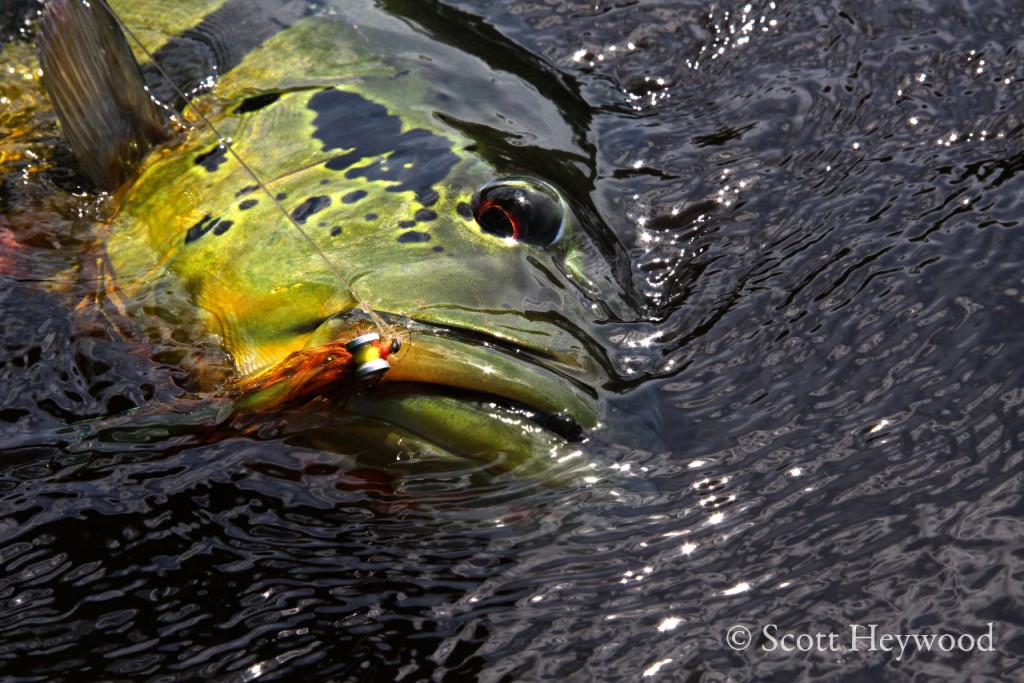
I’ve been very blessed to have fly fished many destinations around the world.
All have been amazing trips, but one destination in particular I hold close to my heart. Every time someone asks me what’s the coolest place I’ve fly fished, without any hesitation, I always reply fly fishing for peacock bass in the Amazon. Combine the extreme beauty and remoteness of the Amazon Basin with the opportunity to battle one of the most powerful freshwater gamefish on the planet, and it’s pretty easy to see why it ranks at the top of my list. That’s not even factoring in the other bonuses you’ll receive, like catching several other species of fish and witnessing all the diverse wildlife.
“While beginners always seem to catch fish, the persistent skilled angler wielding a precise cast is more often than not rewarded for his/her hard won mastery. Make a good sidearm cast between two logs under a tree and it might be rewarded. Hit that bit of flashing neon green or quickly reload to hit a laid-up chunk of muscle and madness 20 feet off the boat’s bow and it just might work. Peacock bass fishing is intriguing fishing. It is shoulder burning, forearm aching and finger cramping to be sure. There will be snags hooked, lines fouled and fish missed. It is at times maddening, frustrating and patience testing, but ultimately exhilarating, very satisfying and all consuming…and yes, as cliched as it might sound, addicting.” Scott Heywood
Making a trip to the Amazon used to be one of the most economical
Read More »Pack The Heat So You Can Pack it Out
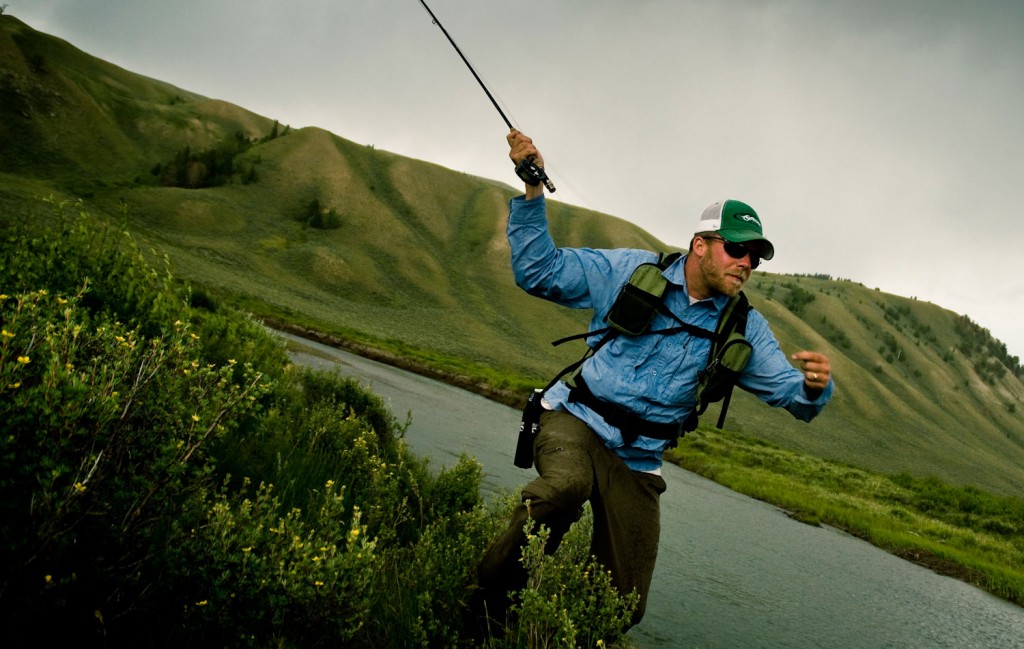
NO TREES HERE TO CLIMB AND I CAN BARELY SEE THE TRUCK WITH MY NAKED EYES FAR OFF IN THE DISTANCE.
The recent run-in with the local WYDNR officer, who just gave me the run down about heavy bear activity in the area, has got me the heebie-jeebies. I’m trying to let loose and be one with the rod, but I can’t stop from thinking I’m smelling wet dog in the air, and I’m terrified of what could be lurking behind the thick moose brush out of sight. If you’re in the process of planning a trip into the deep wilderness where bear, moose, and other dangerous predators thrive, you just might consider purchasing a canister of pepper spray, and keep it holstered on your side. Hell it could save your life.
Two years ago, I stumbled right on top of a Boon & Crockett moose bedded down during a short hike-in to a secluded stretch of the Snake River. Luckily, we both decided to flight in opposite directions, and I only had to change my britches before wetting a line. Guiding in Alaska one season, I somehow managed to stay under the radar, as two giant brown bears went toe to toe battling over a spawning bed within inches of my outpost tent. And I’ll never forget the feeling of total panic, when I walked up on a fresh bloody mule deer kill on the Upper Hoback River this past July. With my heart pounding out my chest, and the realization of no one knowing my whereabouts, I quickly said the hell with fishing, and high-tailed it back to the truck before I became desert.
We often drop a thousand dollars or more for our out of town fly fishing trips without giving it a second thought. That’s why I find it ironic, that when we get there, we gawk at the $50 price tag of a can of pepper spray. I’m not sure if it’s my life experiences that’s making me wiser, or if I’m just getting softer in my old age, but I’m damn sure of one thing. I’ve already used up all my get out of jail free-cards with
Read More »Cat Island Bones
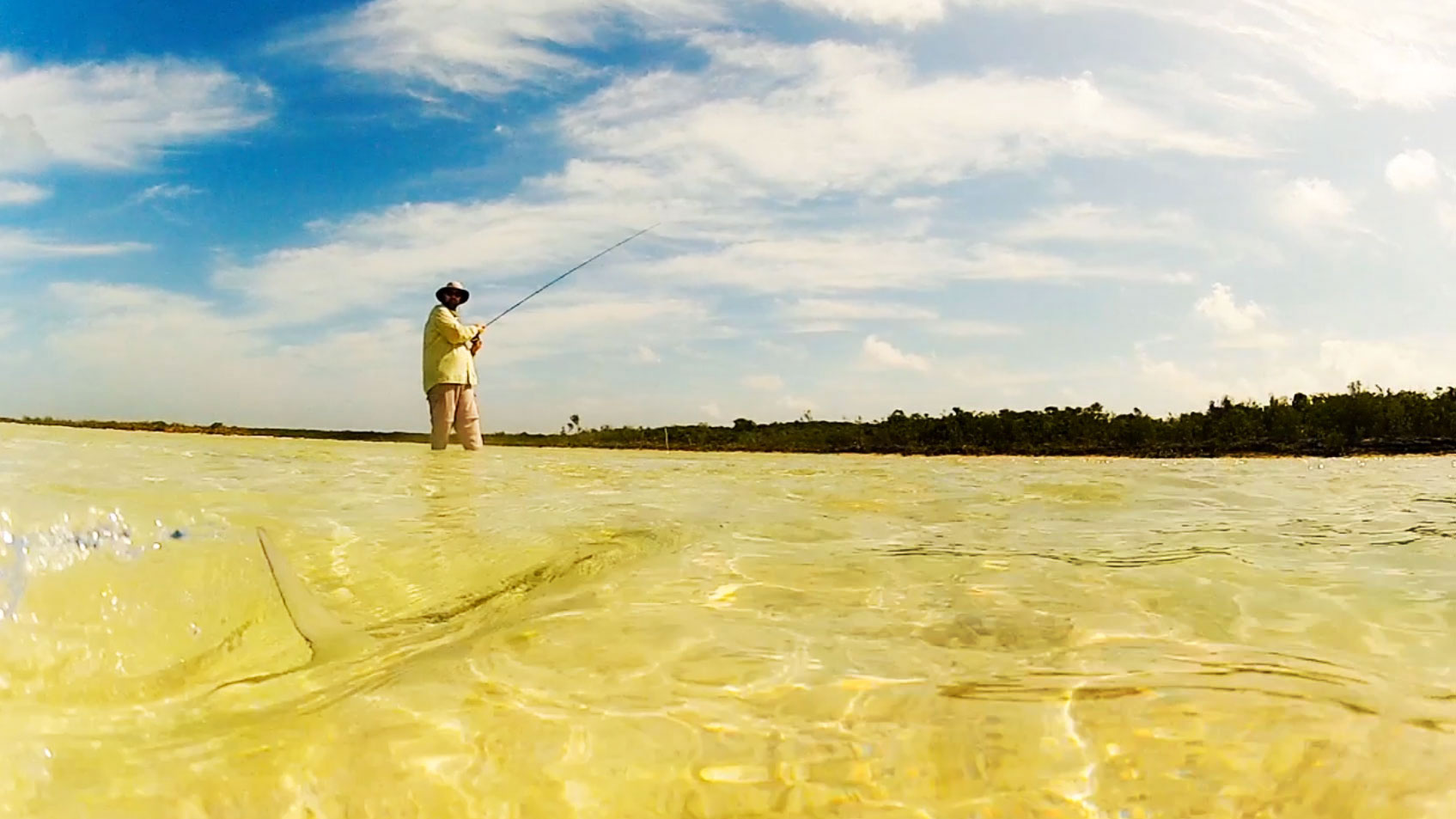
WHITE SAND, BLUE WATER, BONEFISH AND RUM. WHAT MORE DO YOU NEED?
Cat Island is not known as a bonefishing destination. It’s a quiet island with beautiful beaches, warm people and modest fishing opportunities, compared to its neighbors. It’s not South Andros or Bimini but it’s a place I have grown to love.
The flats fishing is purely a DIY scene. The fish are small but really spooky and that makes them rewarding to catch them. They are a food source for the locals, so the fish who are on the flats have earned that right. I take a kayak and paddle to some flats I know to spend the day wading. The bonefish are always good to me.
It was inevitable that I get a GoPro camera. I took it with me on my last trip to Cat Island and shot this video. So, have a click and enjoy five minutes of Cat Island Bones!
Read More »Simms G3 Guide Jacket and Flyweight Access Boot
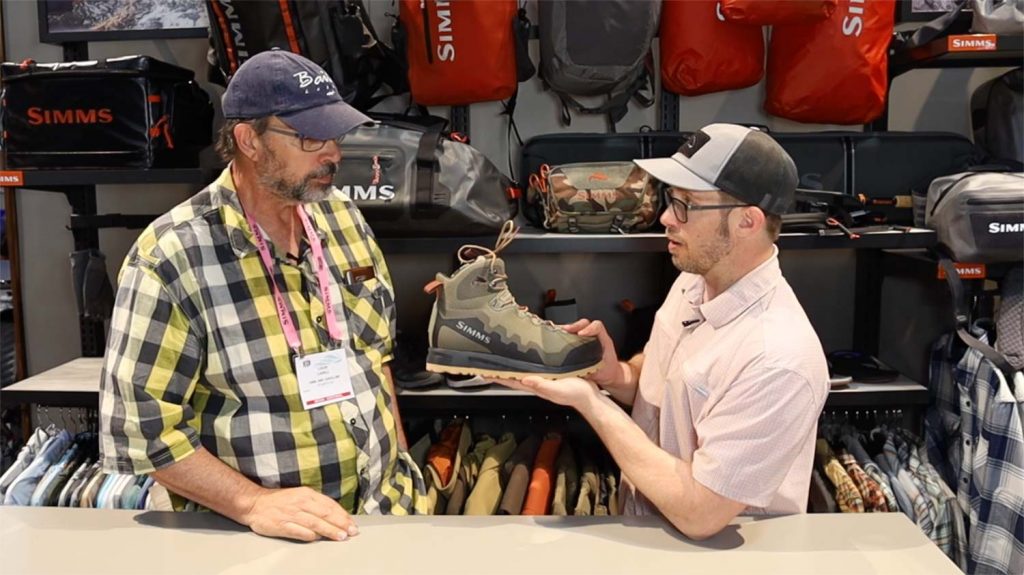
Some cool and very technical new gear from Simms. With the stellar redesign on the G3 Wader, Simms had to update the industry standard G3 Guide Jacket. It’s a smart and sharp looking update to an essential piece of kit we all love. The new Flyweight Access Boot, however, is something completely new. It weighs next to nothing and in the list of cool technical features is the Vibram Hydroflex sole, which may be the first rubber sole to actually work. Watch the video for all the details on the new G3 Guide Jacket and Flyweight Access Boot.
Read More »Situational Awareness and Flats Fishing
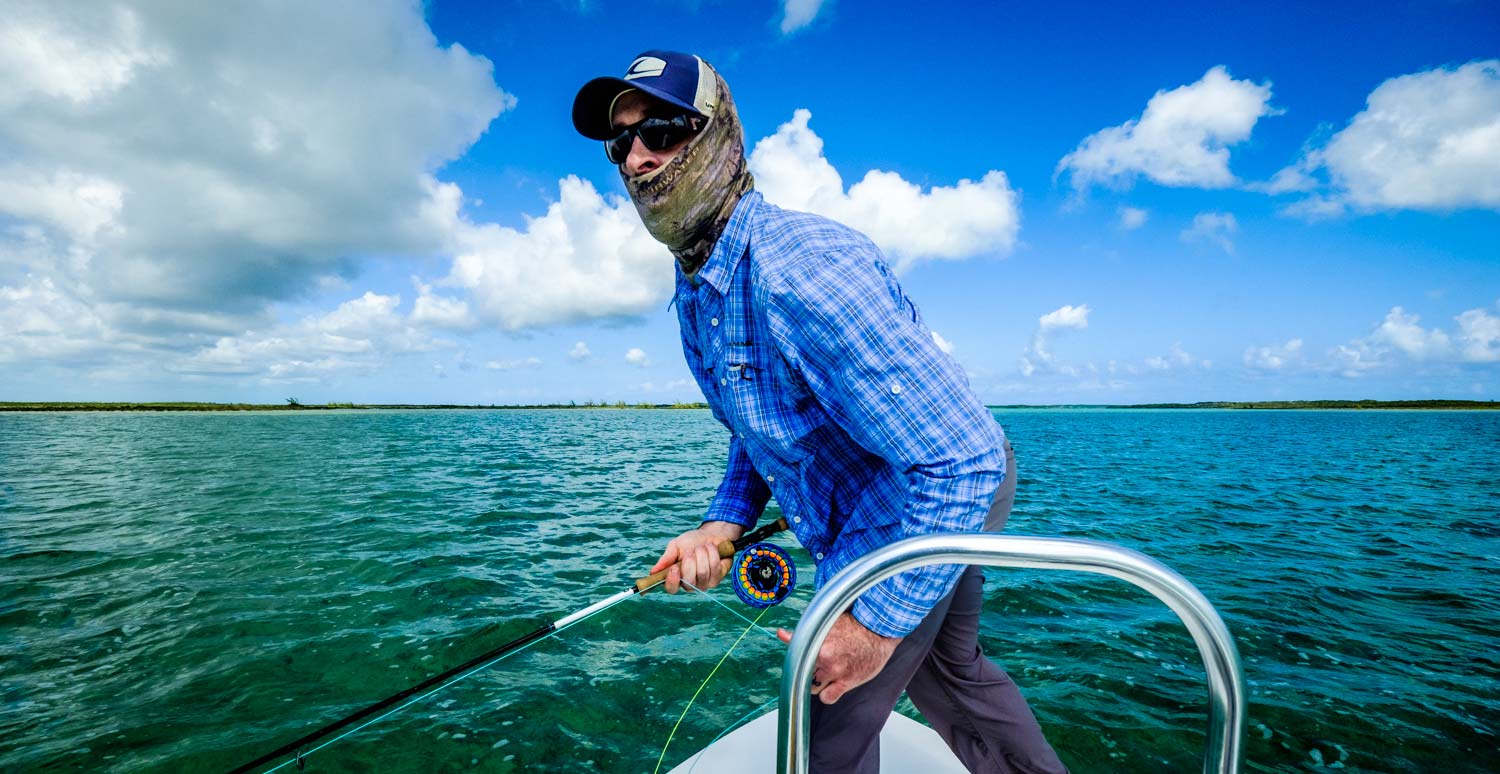
Fly-fishing saltwater flats requires many specialized skills, but none are as important as situational awareness.
Trout anglers revel in taking their time, analyzing the feeding patterns of fish and planning a successful presentation. That’s a luxury saltwater anglers can’t often afford. Things happen quickly on the flats, and it’s the prepared angler who catches fish. Flats fishing is hunting fish. Generally, the fish you are pursuing are hunting as well. They are constantly on the move and highly aware of changes in their environment. For every fish you see, there is a window of opportunity where you have a chance to make a good presentation. That window opens and closes quickly, and when it closes, it rarely opens again. An angler’s timing is often the single most important factor.
Standing on the bow of a skiff looks peaceful, and once you are comfortable with the process, it is. Below the surface, a good angler is keeping up with a laundry list of variables, planning, and calculating their best response to every possible scenario. Keeping up with current speed and direction, boat movement, water depth, lighting and the changing structure of the flat. When a fish appears, their may not be time to think about whether you should cast forehand or backhand, or how far you should lead the fish. You may need to react quickly and instinctively. It sounds more difficult than it is. With time it becomes second nature.
I spend a lot of time on the boat with anglers who are new to flats fishing. The thing I see kill opportunities more than anything else is a lack of situational awareness. While keeping up with light and water movement is somewhat advanced skill, it’s the simple things that are the most common problems. Simple stuff like line management often spoils shot after shot. A guide told me last week that he had a client who had a thirty foot shot at a school of permit. The client false casted wildly with no idea that his fly was hooked in the stripping mat. Nobody wants to be that guy.
Another simple error I see ruin a lot of good shots is anglers who never move their fly. It sounds crazy but it happens with startling regularity. A fish appears, the angler makes the cast and starts to strip, anxiously waiting for the tug that never comes, because the fly is sitting dead on the bottom because the boat is moving toward the fly faster than they are picking up line. Then when the guide calls for another cast, the pickup is loud and spooks the fish, because of all the slack.
Often it’s as simple as having your fly and leader in good shape when it’s time to make the presentation. An angler may stand on the bow for twenty minutes with wind knots in their leader or trash on their fly. It’s too late to check your setup after a fish refuses the fly or breaks the leader. These kind of simple mistakes can be heartbreaking on days when opportunities are limited. Fortunately, they are easy to avoid by simply paying attention.
Here are 10 things you should always be aware of when fly fishing saltwater.
Read More »